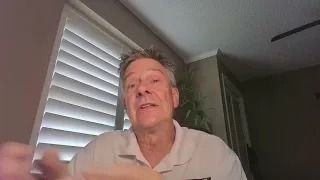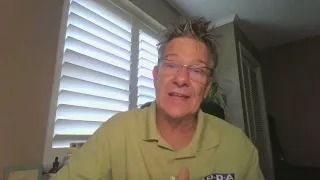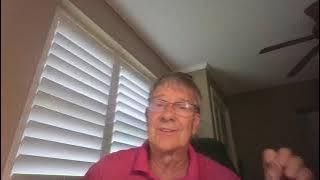What is a 2-1 temporary rate buydown?
As mortgage rates hit 7% and above, loan officers are seeing new borrowers increasingly interested in options that can help reduce their initial mortgage payments. These borrowers are hoping that rates will decline enough in the next few years that a refinance will bring their payments down permanently.
Options for borrowers include temporary rate buydowns and down payment assistance programs. Boise-based loan officer Blake Bianchi, founder and CEO at Future Mortgage, told HousingWire reporter Flávia Furlan Nunes that he’s seen an increase in borrowers choosing a 2-1 temporary rate buydown.
“About 50% of our clients are utilizing this program to achieve more affordable payments,” Bianchi said. “More clients believe that they will have the opportunity to refinance within those two years.”
Temporary rate buydowns are not new, but many loan officers may not be familiar with the option. Historically, periods where they gain popularity can usually be attributed to surging rates.
So what is a 2/1 rate buydown?
Generally speaking, a buydown is a real estate financing technique that makes it easier for a borrower to qualify for a mortgage with a lower interest rate. That lower rate can last for the duration of the mortgage or for a particular period of time.
A 2-1 buydown is an agreement that provides for a low interest rate for the first year of the loan, a somewhat higher rate for the second year and the full rate for the third year and beyond. The interest rate on a 2-1 buydown would be 2% below the note rate for the first year, 1% below the note rate for the second year and years three through 30 would be at the note rate.
How does a 2/1 rate buydown work?
A 2-1 buydown can be paid for by the homebuyer or the home seller can pay for it as a seller concession. That payment can be made in the form of mortgage points or a lump sum deposited in an escrow account with the lender and used to subsidize the borrower’s reduced monthly payments.
According to experts interviewed by the Washington Post, Fannie Mae, Freddie Mac and the Federal Housing Administration (FHA) do require the borrower to qualify for their mortgage at the note rate, regardless of the buydown.
What are the pros and cons?
A 2-1 buydown as a seller concession can sometimes make it easier and faster for home sellers to sell their home for a good price.
For homebuyers, there are a few potential benefits to a 2-1 buydown. Because a temporary buydown decreases their mortgage payment for the first two years, the borrower can have more money available to them during that period than they would if they were paying the full mortgage payment. That money can be used to furnish or renovate their new home, or go toward saving for other financial goals.
A 2-1 buydown can also ease new homeowners into the process of paying a monthly mortgage by starting them at a lower payment. Additionally, if a buyer expects their income to rise over the next two years, the 2-1 buydown allows them time to grow their earnings before they’re required to pay the full amount.
And for borrowers who are hoping to refinance at a lower rate in the future, using a seller concession to purchase a 2-1 buydown can result in more savings for them rather than using their own funds to make a larger down payment or buy points to permanently bring down the interest rate.
In terms of cons, a 2-1 buydown does have a high upfront cost, and may only be worth it for the buyer if they can get the buydown via a seller concession. As a seller concession, the buydown becomes part of the closing costs that the seller pays to help the buyer by reducing their closing costs.
The payments will increase after the first and second year of the buydown before stabilizing in the third year going forward, so the homebuyer will have to adjust to the larger payments over time. If they’re counting on their income increasing to keep pace with those payment increases, that’s also a risk. And if there are any problems with their escrow agent sending the buydown payment, then the homebuyer is responsible for paying the difference.
Alternatives to a rate buydown
Alternatives to a 2-1 rate buydown include down payment assistance programs and other varieties of rate buydown. With a 1-0 buydown, buyers pay an interest rate that’s 1% lower than the agreed-upon rate during the first year of homeownership. With a 1-1-1 buydown, their interest rate is 1% lower for the first three years of homeownership, and in a 3-2-1 buydown, the interest rate is 3% lower the first year, 2% lower the second year and 1% lower the third year before adjusting to the fixed rate for the rest of the mortgage period.
A 2-1 buydown can be beneficial for borrowers, but be sure that you educate your clients on the ins and outs before they commit. Curious about programs borrowers can use to alleviate the pains of high mortgage rates?
Have A Question?
Use the form below and we will give your our expert answers!
Reverse Mortgage Ask A Question
Start Your Loan
with DDA todayYour local Mortgage Broker
Mortgage Broker Largo See our Reviews
Looking for more details? Listen to our extended podcast!
Check out our other helpful videos to learn more about credit and residential mortgages.





